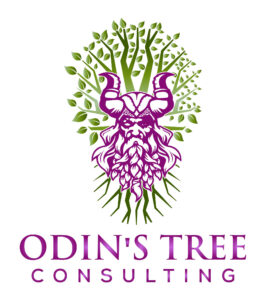In the dynamic world of business, the one-size-fits-all approach to staff training and development has become outdated and ineffective. This traditional model, characterized by long, lecture-style presentations, often fails to engage employees and nurture their individual skills and talents. It is time to rethink our strategies and align them with the fast-paced, diverse, and technologically-driven work environment of today. The solution? Implementing a defined curriculum for staff training and development.
A defined curriculum is a structured and systematic plan designed to address specific learning objectives tailored to meet the unique needs of an organization and its employees. It is a far cry from the monotonous, lecture-style sessions that often lead to information overload and low retention rates. Instead, a defined curriculum is engaging, interactive, and focused on practical, real-world applications.
Firstly, a defined curriculum respects the diversity of learning styles. Not every employee learns in the same way. Some are visual learners, others are auditory, and others still prefer a hands-on approach. A structured curriculum can cater to these different learning styles, offering a variety of training methods such as workshops, online courses, simulations, and coaching. This diversity in delivery methods not only makes learning more enjoyable but also increases the likelihood of knowledge retention and application.
Secondly, a defined curriculum is more likely to be relevant and targeted. Instead of a broad, generic overview, it provides focused, specific training that directly relates to the employee’s role and responsibilities. This relevance increases engagement and the likelihood of immediate application of the learned skills in the workplace.
Thirdly, a defined curriculum promotes consistency and standardization across the organization. It ensures that every employee, regardless of their role or level, receives the same high-quality training. This consistency is crucial for maintaining standards, ensuring compliance, and promoting a unified organizational culture.
Moreover, a defined curriculum allows for tracking and assessment of progress. Through quizzes, tests, and practical tasks, trainers can assess the effectiveness of the training program and make necessary adjustments. This feedback loop is crucial for continuous improvement and for ensuring that the training program remains aligned with the organization’s goals.
Lastly, a defined curriculum is flexible and adaptable. As the business environment evolves, so too can the curriculum. This adaptability ensures that the training program remains relevant and effective, equipping employees with the skills they need to succeed in the ever-changing business landscape.
A defined curriculum for staff training and development is not just a nice-to-have; it’s a necessity in today’s fast-paced and diverse business world. It respects the diversity of learning styles, provides relevant and targeted training, promotes consistency, allows for assessment and continuous improvement, and is flexible and adaptable. It’s time to move away from the outdated, one-size-fits-all approach and embrace a more effective, engaging, and efficient way of training our staff.




